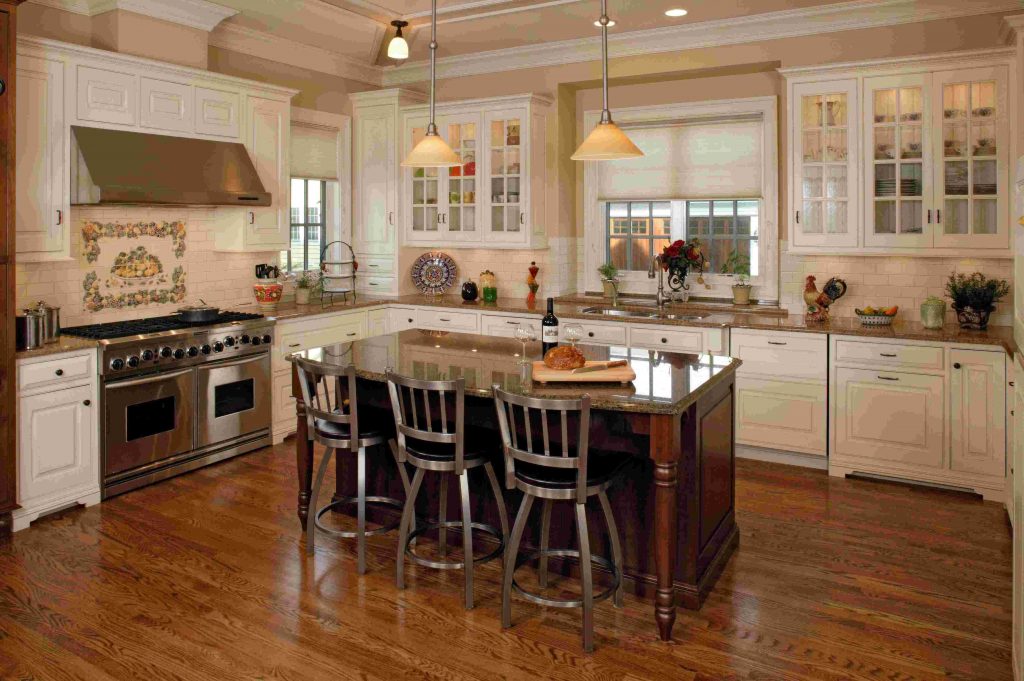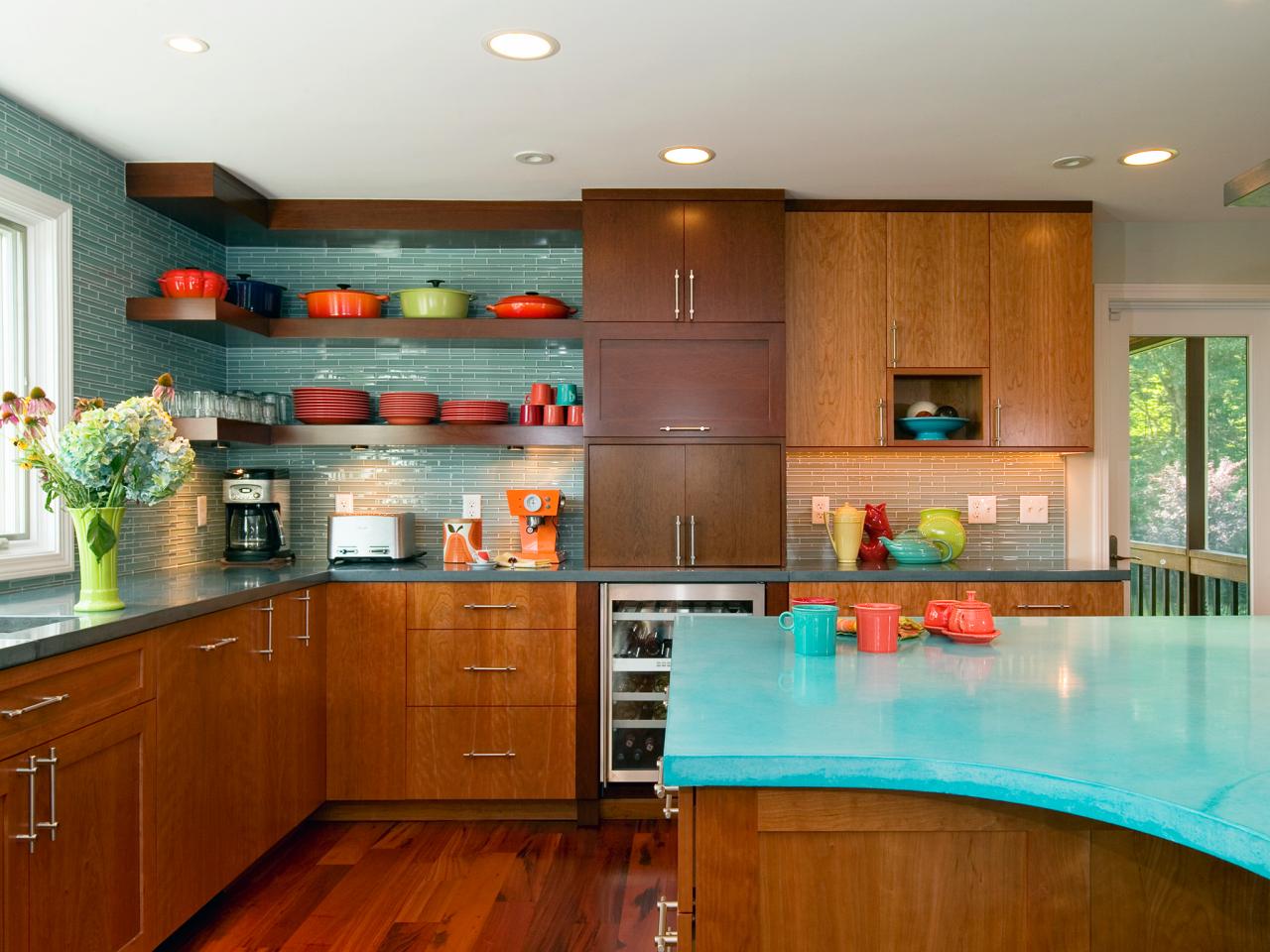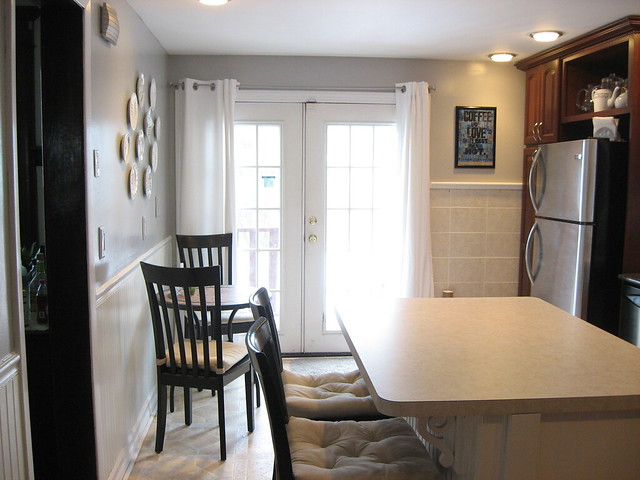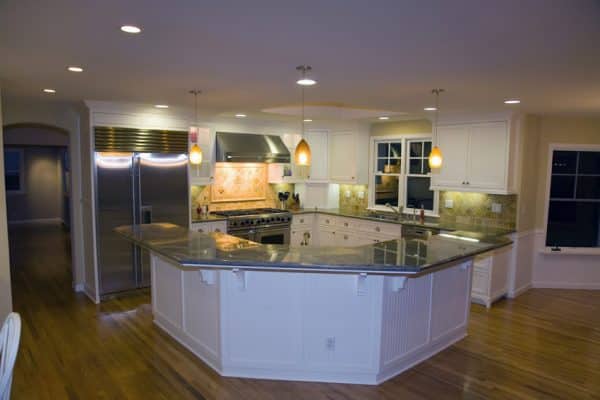Granite kitchen islands bring a timeless and elegant touch to any kitchen, offering both beauty and functionality. Granite is a popular material for kitchen islands because of its durability, resistance to heat, and a wide variety of natural patterns and colors. Each slab of granite is unique, with patterns formed over millions of years through natural processes, which means no two granite islands are identical. This individuality can give your kitchen a personalized and luxurious appearance. Granite countertops also add significant value to a home due to their premium quality and aesthetic appeal, making them an excellent investment for any kitchen remodel or new build.
One of the primary benefits of using granite for a kitchen island is its durability. Granite is one of the hardest natural stones, making it resistant to scratches, stains, and heat. This makes it ideal for kitchen environments, where sharp utensils, hot pots, and regular cleaning are part of daily life. Unlike other countertop materials, granite is unlikely to be damaged by hot pans or accidental knife slips. Its hardness also makes it resistant to chipping, which is essential for maintaining a pristine kitchen island surface over the years. However, it’s still a good idea to use cutting boards and trivets to keep the surface in optimal condition.

Granite kitchen islands come in a wide variety of colors, ranging from classic whites and blacks to vibrant reds and greens. This range of colors allows homeowners to choose a granite slab that complements their kitchen’s overall design and color scheme. White granite with gray veining is ideal for modern and minimalist kitchens, while darker granites with deep greens or reds add a luxurious feel to more traditional spaces. Granite is available in various finishes as well, such as polished, honed, and leathered. A polished finish gives the stone a high gloss and enhances its color, while a honed finish provides a matte look that can feel more natural and subdued.
A well-designed granite kitchen island serves multiple functions in the kitchen. In addition to providing extra counter space for food preparation, it can act as a dining area, a workstation, or even a storage solution. Many kitchen islands are designed with cabinets or drawers underneath the granite countertop, offering additional storage space for pots, pans, utensils, or pantry items. This can help keep the kitchen organized and reduce countertop clutter, making the space more functional and aesthetically pleasing. Adding bar stools around the island turns it into a dining or breakfast area, making it a central gathering point in the home.

In terms of layout, granite kitchen islands can be customized to suit any kitchen size and shape. In large kitchens, a wide island with a sizable granite slab can create a striking focal point, providing ample workspace and seating for family and guests. For smaller kitchens, a compact island with a smaller granite slab can still offer valuable counter space without overwhelming the area. U-shaped or L-shaped islands can create a more structured kitchen flow, while a simple rectangular island works well for open-concept kitchens, seamlessly connecting cooking, dining, and living areas. Customizing the layout based on the kitchen’s needs ensures that the island is both beautiful and functional.
Granite kitchen islands are ideal for those who love to entertain. Their durability and heat resistance make them perfect for serving hot dishes straight from the oven, and they can withstand the activity of large gatherings without showing wear and tear. Whether it’s a family dinner, a casual brunch, or a holiday celebration, the kitchen island can serve as the central hub for social gatherings. Since granite is easy to clean, it’s simple to wipe down after parties, making it convenient for homeowners who frequently entertain. Additionally, granite’s naturally cool surface is great for baking enthusiasts, as it keeps dough from becoming too warm and sticky during rolling.

While granite is durable, it’s still a natural material that requires some maintenance to keep it looking its best. Sealing the granite periodically is recommended to prevent staining, as granite is porous to a certain degree. A properly sealed granite surface repels liquids, preventing oils, wine, and other staining substances from penetrating the stone. Most granite countertops need to be resealed every 12 to 18 months, but this can vary based on the type of granite and the level of use. Regular sealing not only preserves the granite’s appearance but also enhances its natural luster, making the kitchen island a lasting, beautiful feature.
Lighting is an essential element to consider in granite kitchen island design. Pendant lights are a popular choice, as they can illuminate the granite surface while adding style to the kitchen. The color and pattern of granite can look different under various lighting conditions, so it’s important to choose lighting that complements the granite’s natural hues. Warm-toned lights can enhance the rich colors of darker granites, while cool-toned lighting works well with lighter stones. Task lighting, such as recessed lights or under-cabinet lights, can make the island more functional by illuminating work areas.
An increasingly popular trend is combining granite with other materials in the kitchen island design. For instance, a granite countertop can be paired with wood cabinetry for a rustic look, or with stainless steel for a sleek, industrial feel. Mixing materials adds visual interest and allows for more creativity in design. Some homeowners even choose to combine different types of granite in one island, using contrasting colors or patterns to define specific areas, such as a prep zone versus a dining zone. This approach can create a unique, visually appealing kitchen island that reflects the homeowner’s style.

Another factor to consider is the edge profile of the granite countertop. The edge profile refers to the shape of the countertop’s edges and can significantly affect the island’s appearance. A simple, straight edge gives a modern look, while a beveled or bullnose edge adds softness. More ornate edges, like ogee or waterfall, can enhance the elegance of traditional kitchens. Choosing the right edge profile can make the granite island feel more personalized and harmonious with the kitchen’s overall design style.
Granite kitchen islands can also be designed to accommodate appliances, such as sinks, stovetops, or even wine coolers. This can make the island a multifunctional space where cooking, cleaning, and socializing all happen. When designing an island with a sink, it’s crucial to consider the plumbing requirements, and when incorporating a cooktop, proper ventilation is necessary. Including appliances in the island design can make the kitchen layout more efficient by centralizing cooking and prep areas, but it requires careful planning to ensure the island remains functional and aesthetically balanced.
The cost of a granite kitchen island can vary depending on factors such as the type of granite, the size of the island, and the complexity of the installation. Exotic or rare granite types are generally more expensive, as are larger slabs that require custom fabrication. While granite is an investment, it is a durable material that can last a lifetime when properly cared for. Its timeless appeal also ensures that it won’t go out of style, making it a cost-effective choice in the long run.
Granite is a sustainable choice for a kitchen island countertop, as it is a natural material sourced from the earth. Many granite suppliers prioritize responsible quarrying practices, and granite itself is recyclable and non-toxic. Unlike synthetic materials, granite does not emit harmful volatile organic compounds (VOCs), contributing to better indoor air quality. This makes it an eco-friendly option for homeowners who want a sustainable and stylish kitchen island. Additionally, because granite is long-lasting, it reduces the need for replacement, which lessens the environmental impact associated with frequent remodeling.

Common Mistakes to Avoid
Using Harsh Cleaners: Granite is durable, but harsh cleaners like bleach or vinegar can damage the sealer and dull the surface. Instead, use a pH-neutral cleaner to maintain its shine and longevity.
Neglecting Sealing: Granite requires periodic sealing to stay stain-resistant. Many homeowners forget this maintenance step, which can lead to staining over time. A good test is to sprinkle water on the surface—if it doesn’t bead, it’s time to reseal.
Choosing the Wrong Color for the Space: Granite comes in various shades, but some people choose a color that doesn’t complement the rest of their kitchen. Take lighting and cabinetry colors into account before selecting the granite shade.
Ignoring the Edge Profile: The edge profile affects both appearance and functionality. A highly decorative edge may not suit a modern kitchen, while a straight edge may not complement a traditional one. Choose an edge profile that fits your kitchen style.
Using It as a Cutting Surface: Although granite is scratch-resistant, using it as a cutting board can damage the sealer and dull your knives. Always use a separate cutting board.
Improper Installation: Granite is heavy and requires adequate support. Incorrect installation can lead to cracks or uneven surfaces. Ensure professionals handle the installation to maintain structural integrity.

How often should granite countertops be sealed?
Granite countertops generally need resealing every 12 to 18 months, depending on their use. Testing for water beading on the surface is an easy way to determine if resealing is necessary. Regular sealing protects against stains and maintains the granite’s sheen.
Can I place hot pots directly on a granite kitchen island?
Yes, granite is heat-resistant and can withstand hot pots. However, using trivets is still recommended to protect the sealer, which may be sensitive to high temperatures over time. Using a trivet also helps avoid thermal shock, which could potentially crack the granite.
What is the best way to clean a granite kitchen island?
Cleaning a granite countertop is simple—mild dish soap and warm water are usually sufficient. Avoid abrasive or acidic cleaners like vinegar and bleach, as these can damage the sealer and dull the stone. There are also specialized granite cleaners available for added protection.
Is granite safe for food preparation?
Granite is a hygienic choice for food preparation, provided it is properly sealed. The sealing process creates a non-porous surface, preventing bacteria from penetrating the stone. Regular cleaning further ensures a safe, sanitary food-prep environment.
Are there design limitations with granite kitchen islands?
Granite is a versatile material, but it is heavy and requires solid support. Large overhangs may need additional bracing. Certain custom shapes or designs might require multiple slabs, leading to visible seams. However, professional fabricators can often minimize these seams for a seamless look.
Does granite increase home value?
Yes, granite countertops are highly valued in the real estate market due to their durability, aesthetics, and low maintenance. A granite kitchen island can significantly increase a home’s resale appeal and value, making it a wise investment for homeowners.

kitchen island with cooktop

Gorgeous Kitchens with Farmhouse Sinks – Connecticut in Style

Backsplash For Black Granite Countertops And Maple Cabinets Are Most Interest

Dream Kitchen Designs

Related Posts: